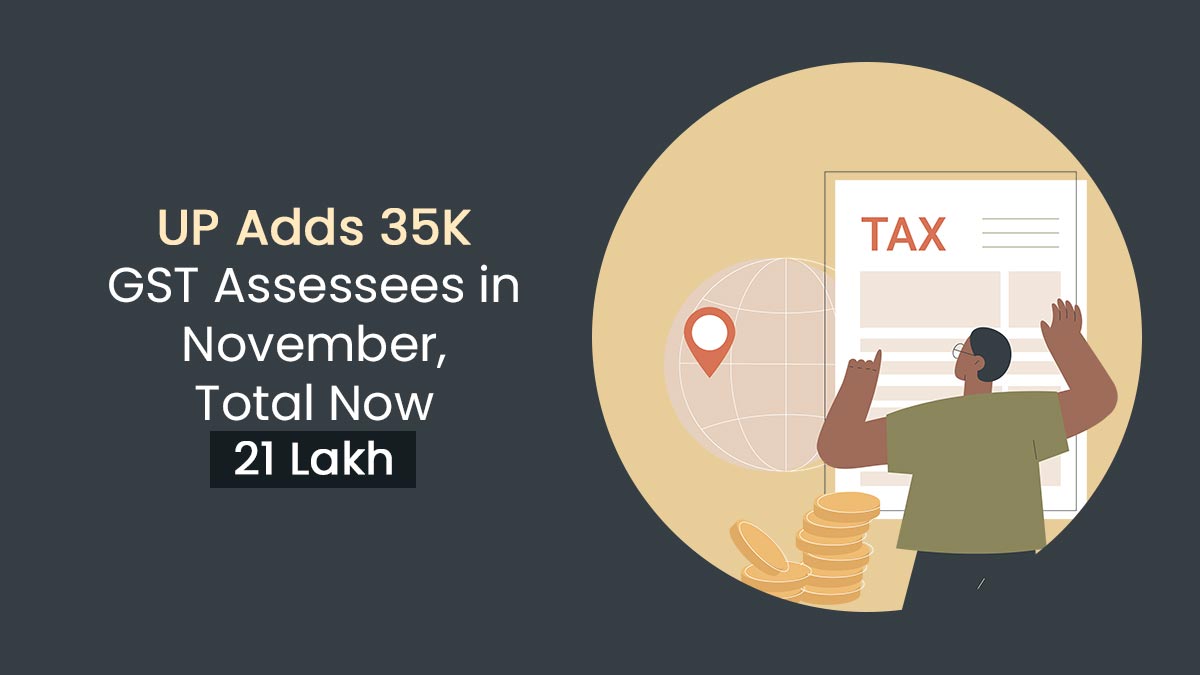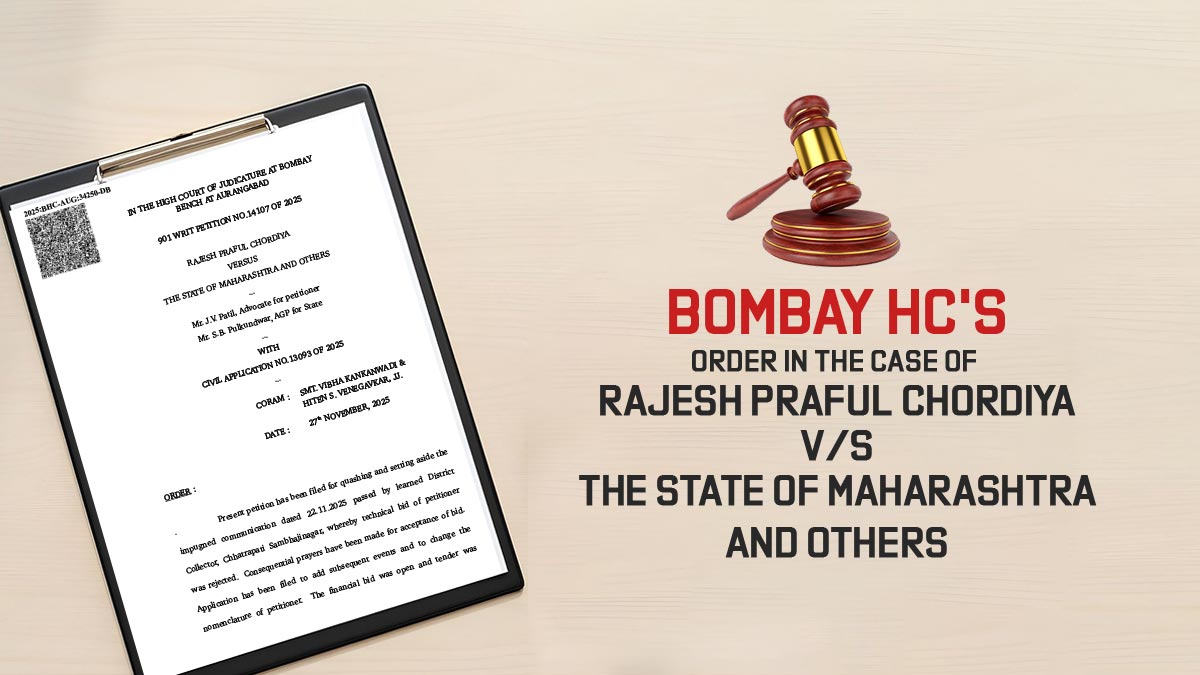India is making full efforts on implementing indirect taxation structure system. It is similar to State Good and Service Tax (SGST). Tax-free zones are some specific areas in which business enterprises are exempted from paying sales state tax and will be eligible to claim the refund under new GST Regime.
Government official said, “The Department of Industrial Policy and Promotion (DIPP) is working on a scheme that will replace the current system, built on area based exemptions, once we switch over to the GST,”.
Areas- based programme enable business units in some specified states with a low industrial base, including Himachal Pradesh, Uttrakhand, and the Seven Sisters of the Northeast, are exempted from paying central taxes like excise duty and some other taxes. The Department of Industrial Policy and Promotion (DIPP) proposed to build the new framework, keeping in mind the growth and development will require in above states. The new GST Regime is critical for several industries like automobile, pharma and consumer goods and the companies must have to start up units in backward areas where the economic condition of the state is poor just by availing the advantage of area-based-programme.
Excise duty is being transferred into the GST. New GST Regime will replace multiple taxes, which includes central excise duty, national calamity, service tax and contingency duty, cess and state levies such as entry tax, value added tax, octroi, entertainment tax, into a common unified tax. GST is going to roll out from 1st July 2017.
Various exemptions at the product level have been snipped under GST and it is assumed that tax holidays will also be replaced. But, almost exemptions would be grandfathered. Excise duty exemptions in Uttarakhand will discontinue in in 2020, but investments made until then will need to be grandfathered
The official said, “The central scheme will reimburse only the central GST paid by these firms,” It must be noted that business units must have to file returns first and then claim for refunds. Another official added that, refunds would take a maximum of seven days.
Under the new indirect taxation structure, the refund mechanism will enable smooth transformation as well as it reduces the tax complications.
Pratik Jain leader of indirect taxes at PwC said that, “The intention of the government is to grandfather the benefits availed by industry in excise-exempt zones, although the mechanism would be by way of refund instead of the upfront exemption, ensuring that the GST chain is not broken. It would be important for the government to engage with the industry to understand the quantum of incentive currently available and devise a mechanism so that it is not diluted.”











We are partnering for the growth of country and clients.
SHMM & CO
Chartered Accountants
9810417380